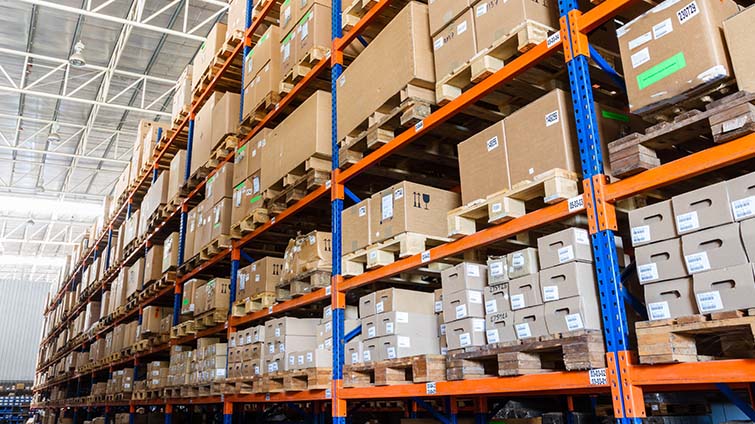Retailers face shifting demands ahead of holidays

Consumer uncertainty
Consumer spending is difficult to predict in the current economic environment. Consumer sentiment as measured by the University of Michigan rebounded 16% from May to June—the first gain observed in 2025. Still, June sentiment remains 11.3% below June 2024 levels and 20% below the December 2024 peak. Conversely, the consumer confidence index as measured by The Conference Board declined by 5.4 points to 93.0 in June.
Recently released economic data shows a consumer in neutral and potentially starting to tighten their purse strings. May personal spending was flat compared to April (-0.1%) and Real Personal Consumption Expenditures on goods was down (-0.8%) compared to April. Retail spending on both higher-priced essentials and discretionary products was down slightly in May. Total retail spending was down 0.9% vs. April, but up 3.3% year-over-year.
While consumer sentiment and confidence can be influenced by headlines and political persuasion (and may not always align with how consumers are behaving), this economic data reinforces that there is mixed sentiment. Together, these measures attempt to gauge consumer willingness to spend and consumer activity, which ultimately influences the amount of goods to deliver.
More tariff changes
The White House has extended the 90-day reduction of reciprocal tariffs to 1 August. Baseline duty rates on imports from all countries will remain at 10%, except for the UK, Mexico, Canada and China. This move delays higher reciprocal tariffs that were scheduled to resume on 9 July.
If trade deals with the United States aren’t reached by the new deadline, on 2 August reciprocal duty rates for most countries are scheduled to revert to 2 April levels. More than 20 countries—including South Korea, Japan, Thailand, Cambodia and Malaysia—received letters with new tariff rates ranging as high as 50%. The letters left open the possibility that tariffs could be further negotiated.
Meanwhile, imports from China have reduced tariffs until 12 August.
Several country-specific frameworks are expected soon, though there’s often a lag between announcements and full implementation. For example, a deal with the UK was announced 7 May but implemented 2 July. Details on an agreement with Vietnam are still pending.
With the ever-changing tariff landscape, C.H. Robinson has developed a U.S. Tariff Impact Analysis Tool for our customers, which enables shippers to navigate market volatility and optimise their strategies by assessing their tariff exposure under different scenarios. Tariff policies are updated daily, allowing C.H. Robinson customers to view real-time policy impacts.
Looking ahead to the holidays
Retailers will need to closely manage their inventory and replenishment for the upcoming holiday season. Fluctuating consumer sentiment, tariff changes and the trend of early holiday shopping may exacerbate an already challenging balance of sourcing, timing, inventory levels and assortment for retail suppliers.
Holiday shopping is predicted to start earlier than ever this year, with many consumers planning to start in September or October to avoid potential delivery delays and product shortages. Ongoing economic uncertainty could affect consumers’ willingness to spend more during the holiday season, as they are shopping more carefully and avoiding spending a lot at once.
Proactive planning will allow retailers to be flexible with delivery timing. Extending the holiday shopping season by starting promotions early won’t necessarily equate to more product sales, but it will dilute the peak shopping days and potentially help mitigate dramatic inventory fluctuations. Retailers should capitalise on having the right assortment in their shops at the right time, in order to not miss out on the early start of this season.
Another impactful holiday trend is returns, which the National Retail Federation estimates reached $890 billion in 2024. About 17% of 2024’s annual sales were returned. While returns are a part of doing business for a modern retailer, deciding how to reintegrate, sell or discard returned products can be complex—as are the logistics related to those decisions. For retailers evaluating or considering an integrated returns process, Q3 is the right time to act before the needs of Q4 arrive.
How to offset cost pressures
Retailers and retail suppliers can offset increases in their cost of goods by identifying opportunities for savings throughout their supply chain. In addition to using the C.H. Robinson U.S. Tariff Impact Analysis Tool, customers can get a Supply Chain Inspection Report to analyse their supply chain efficiency. Our Optimizer technology can then help minimise the number of deliveries, travel time and total miles for your unique freight and business requirements. Shippers save 8% on average and may save up to 30%.